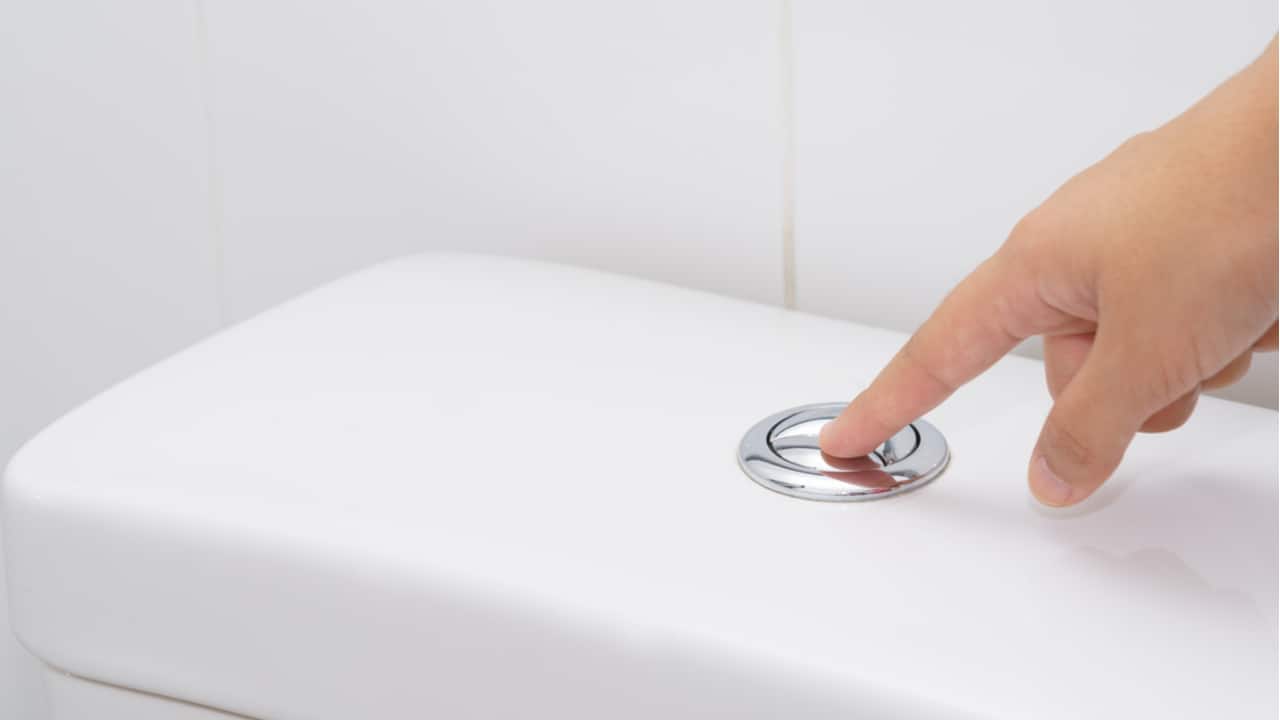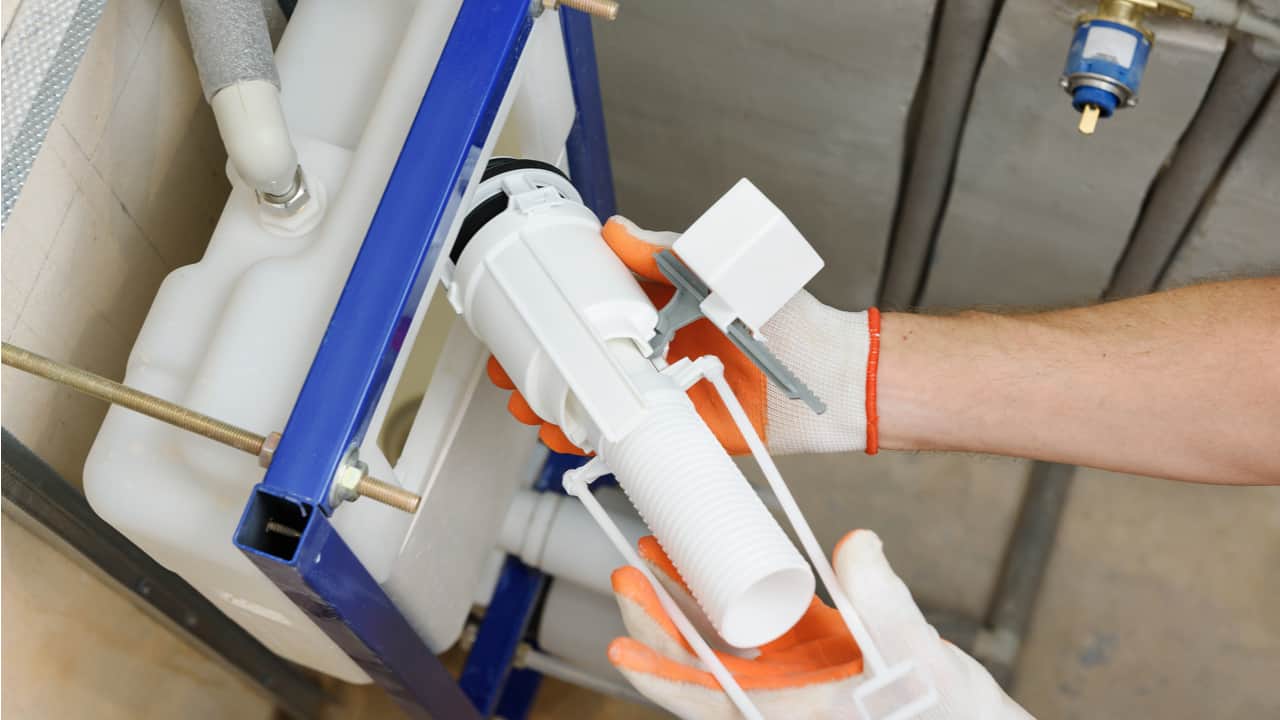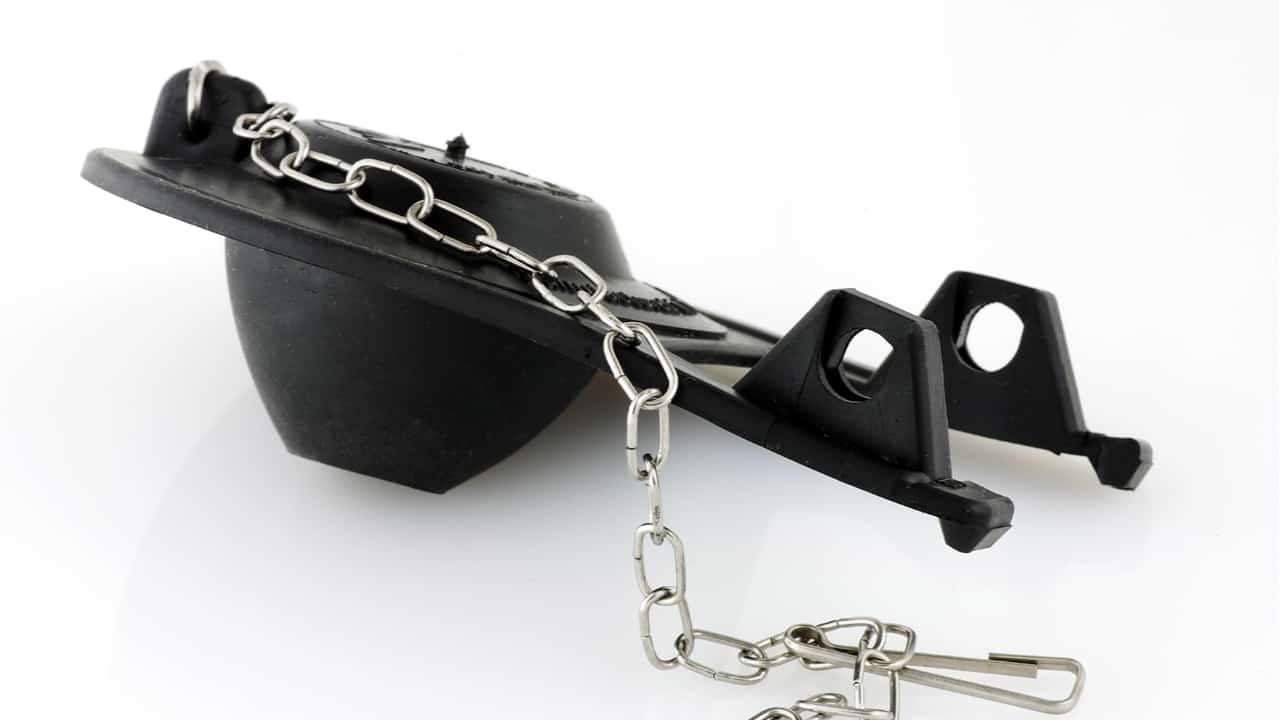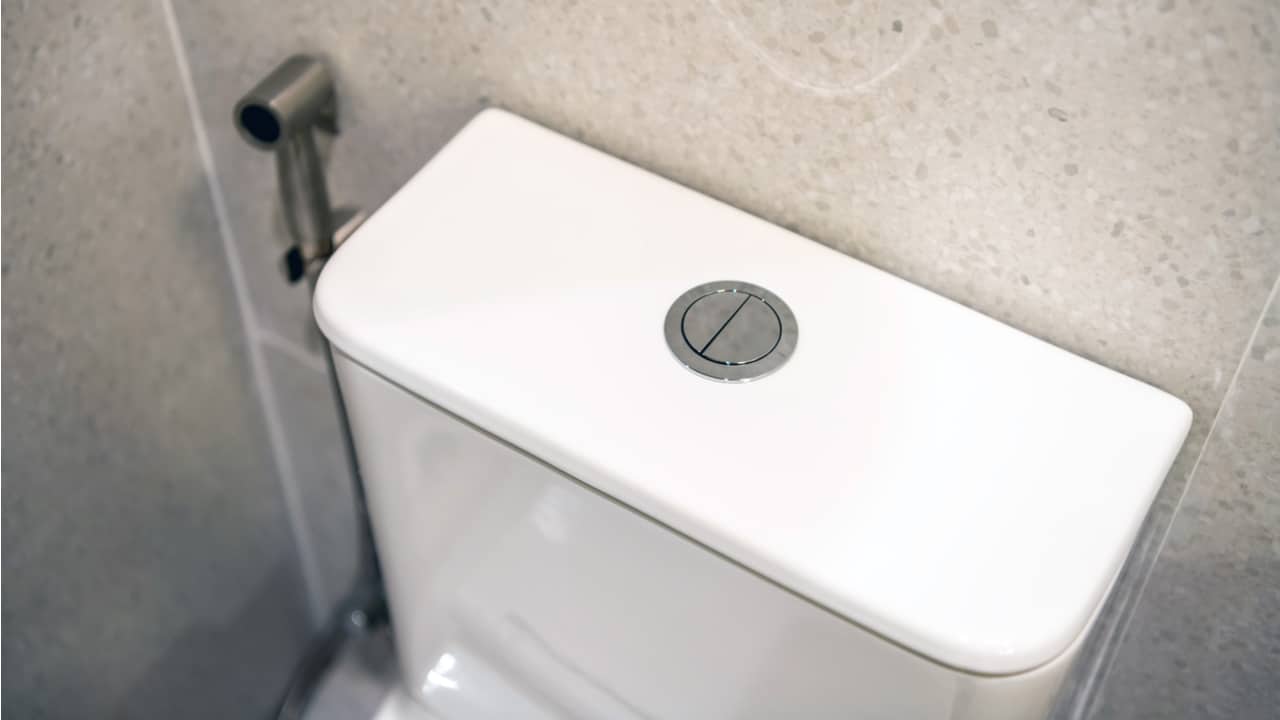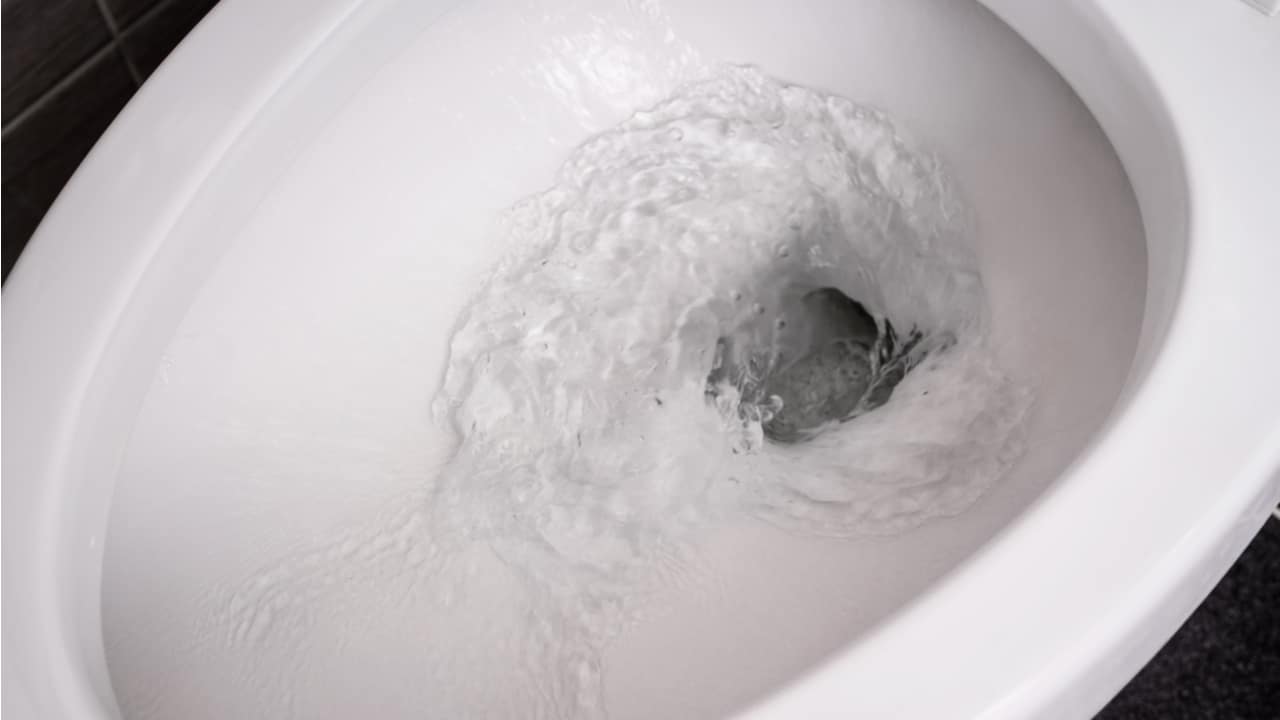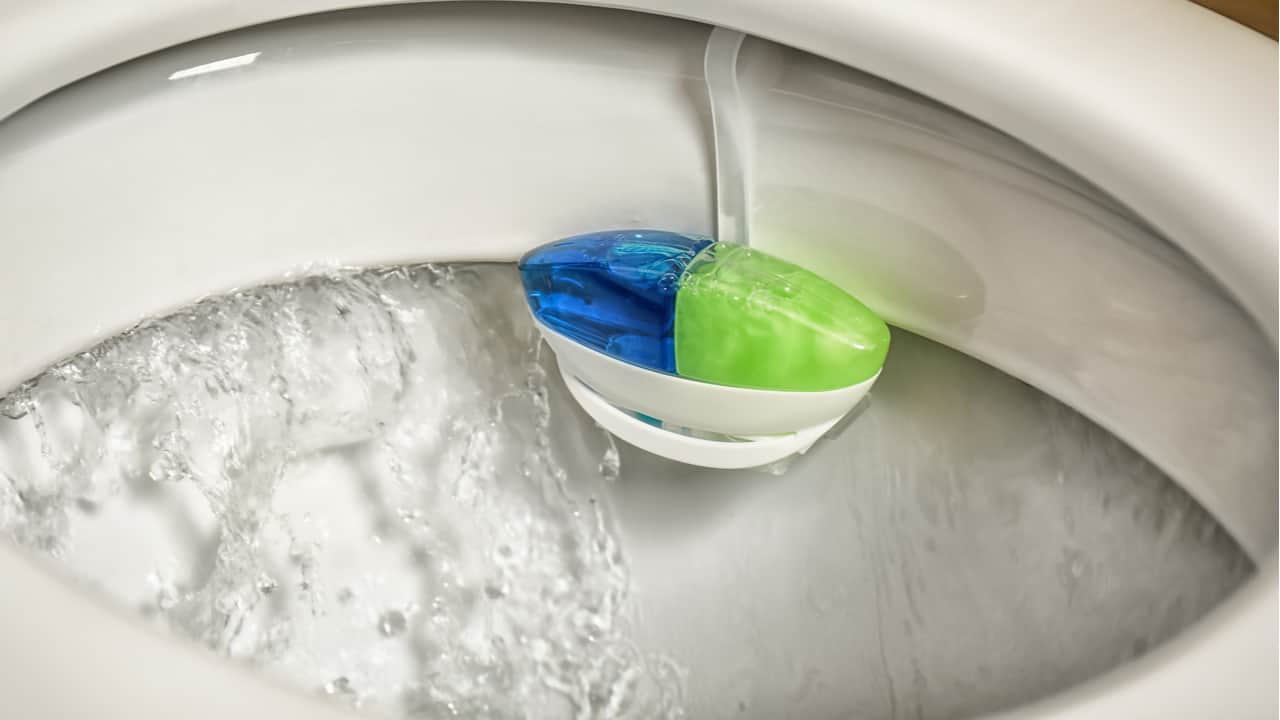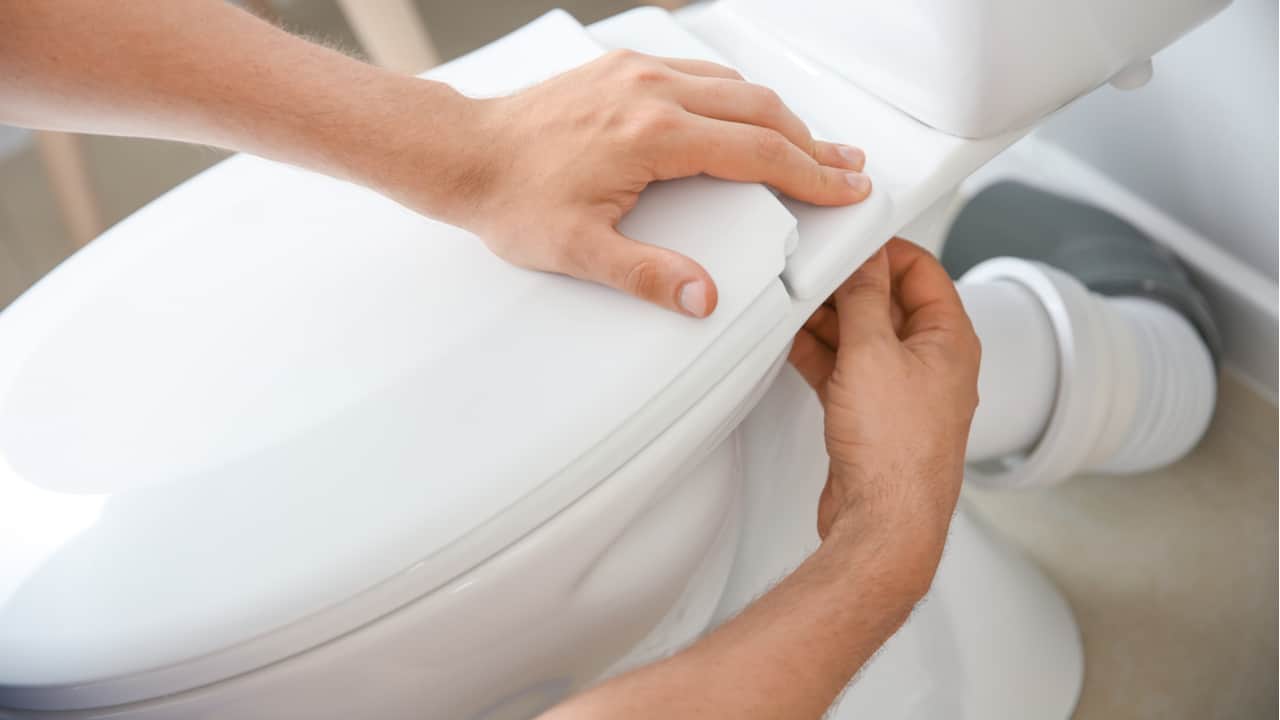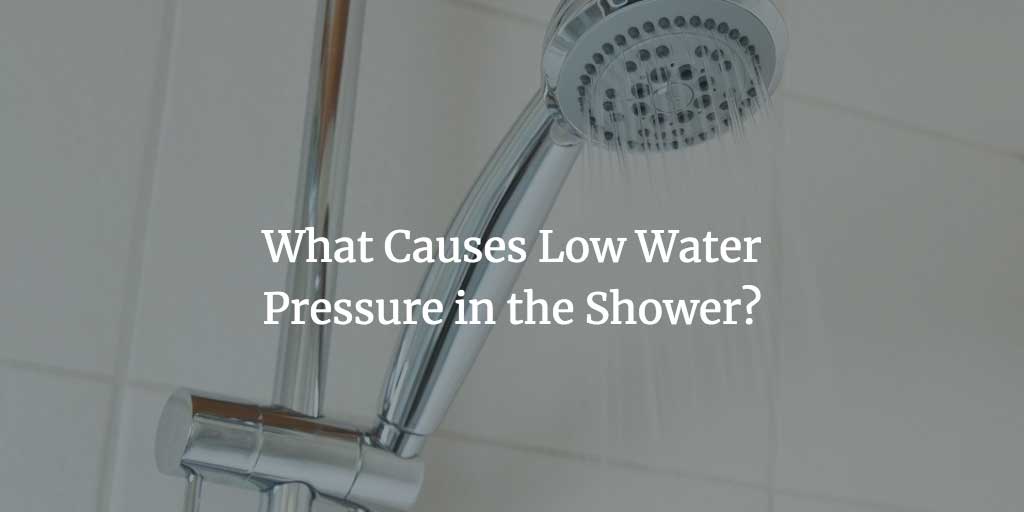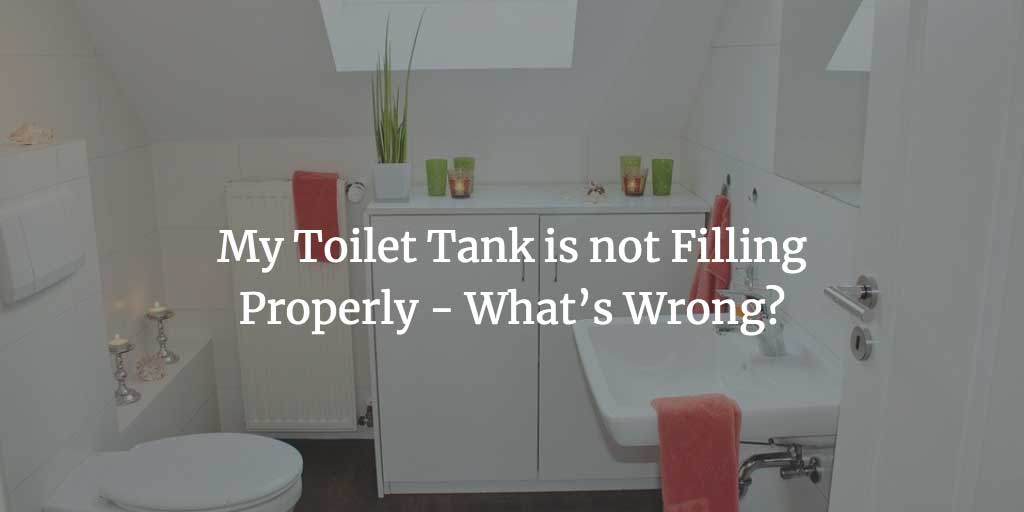Toilet flushing systems have been around ever since they were first invented at the tail end of the 16th century. The practicality and efficiency of the toilet flush systems have improved enormously in the last couple of centuries, leading to the appearance of the modern flush toilets we use today.
All major manufacturers of toilets – American Standard, Kohler, Toto, and others – have designed their own toilet flush systems that made these pieces of sanitary hardware incredibly effective. They have a powerful flush but also an adequate water flow, i.e. they don’t use as much water as their predecessors (this is especially true for the waterless toilet and the composting toilet).
But why does all of this matter? Well, if you were to ask, Can you flush the toilet when the power is out? The answer would depend on the type of toilet you have.
Most of the modern flush toilets use the so-called gravity flush system. However, there are a lot of other flushing systems out there as well, including the double cyclone flush system, single flush system, dual flush system, rear flush system, siphon flush mechanism, and others. Here we will cover all the types of toilet flush systems.
Contents
What’s a Flush Valve?
One term you’ll see mentioned a lot throughout this article is “flush valve”.
Almost all toilet types have one – it is located in the middle part of the toilet tank and looks like a brass or plastic fitting that’s affixed to the tank’s bottom. Depending on the toilet’s design, it can be either large or small.
Its main purpose is to rush water from the tank to the bowl. Whenever you flush down your toilet, you pull a cable that lifts up the flush valve and allows water to wash away the waste. And since this important part of the flushing system has a rubber seal, it closes the tank completely whenever it drops back down, i.e. whenever the process of flushing is over.
Without further ado, here are the 9 most commonly used types of flush systems:
1. Ballcock Flush System
Behind this peculiar name hides one of the most commonly used toilet flushes. As its name suggests, this toilet system uses a ballcock – a simple floating ball – along with the so-called plunger, whose job is to fill the toilet tank with water (see this post if your toilet tank is not filling properly).
The aforementioned ballcock is connected to a thin rod, which is in turn attached to the plunger. As you can already guess, this is one of those toilet flush systems that are dependent on the water level inside the water tank.
As the water level goes up or down, it moves the ballcock – a floating ball attached to the thin rod – which then activates the plunger. The plunger itself is the thing that allows the tank to be filled with water after the end of the flushing process.
Pros:
- Very efficient
- Easy replacements
Cons:
- Susceptible to failure
2. Siphon Flush Toilet System
This kind of flushing system is quite common in the United States. While using this toilet flush system, the user notices how the water inside the toilet bowl rises rapidly before it’s flushed out.
This is typically accompanied by the well-known gurgling sound, which is the result of the vacuum seal being broken.
The siphon flush toilet system is activated by a button that is typically located on the tank’s top. This opens the flush valve, and, as you already know, flush valves are the objects that let the water fill the toilet bowl.
Pros:
- Powerful flush
- Cleaner bowl
Cons:
- Susceptible to clogs
3. Flapper-Flush Valve Toilet System
One of the most common types of toilet flush systems, the flapper-flush valve system operates in a way that is quite similar to that of the ballcock flushing system. However, instead of a ball, this system uses a flapper.
Filled with air, the flapper floats once the user triggers the flushing mechanism by using the flushing lever. The chain pulls it out of its position and allows water to get inside the toilet bowl.
Once the tank empties and the water level becomes low, the flapper is unable to float and go back into its position. Obviously, this allows the toilet tank to refill again and become ready for the next flush. The newest variants of this flushing system typically include a dual flush – these are dual flush toilets with one mode for liquid waste and the other for solid waste.
Pros:
- A simple toilet flush system
- Easy maintenance
Cons:
- Slow filling
4. Pressure-Assisted Toilet System
Unlike gravity flush systems, pressure-assisted toilet systems rely on – as their name suggests – pressure.
These toilet systems are usually found in industrial settings as they’re quite potent and very unlikely to clog. Because of this, their big toilet bowls are also easier to maintain and keep clean.
A pressure-assisted system is typically operated through the use of a lever or a button. Pressing the button or pulling the lever on a pressure-assisted toilet releases pressurized air and pulls the water down with great force. In most cases, the flushing pressure is powerful enough to clean all the waste in just one go.
Pros:
- A very powerful flushing system
- Cleaner bowl
Cons:
- Loud
5. Gravity Flush Toilet System
One of the oldest types of toilet flush systems in use, the gravity flush system works in a very simple way. It causes the flushing pressure by simply applying water that transfers the waste from the bowl to the trap way and the waste pipe.
A siphonic effect appears after every flush, and it makes sure that there’s nothing left inside the bowl before refilling it with water.
This is one of those flush systems without any complicated parts, which means that repairing it and replacing its parts is as easy as it gets. And, due to the fact that this kind of flush mechanism uses something as simple as gravity, it is very quiet and transfers the waste to the septic tank without any noise.
Pros:
- Quite potent
- A quiet flush
Cons:
- Susceptible to clogs
6. Double Cyclone Flush System
The double cyclone toilet system is among the newest systems of this type. Becoming more and more popular with each passing year, the double cyclone system was invented by a company called Toto.
This flushing system utilizes a combination of a propulsion system and two nozzles. The purpose of this combo is to increase the water flow, i.e. to allow more water to be transferred through the tube. The result of this is an exceptionally potent siphoning action that creates a very efficient flush.
Despite having a somewhat complicated name, this is one of the more basic flushing systems and works similarly to the gravity flush system described above.
Pros:
- One of the simpler flushing systems
- Potent siphoning action
Cons:
- Finding replacement parts can be difficult
7. Dual Flush Toilet System
As its name suggests, the purpose of a dual toilet system is to handle different types of waste differently, depending on the user’s action.
A toilet flushing system of this type will typically have two buttons – one for a full flush (for solids) and one for half flush (for liquids). A dual flush system can also have just one button – the flush control key – with which you can choose to go with either the full flush or the partial flush.
Inside the tank, there’s a flush valve with a dual-flush assembly mounted on its top. Once the user presses one of the buttons (or uses the aforementioned control key), the flush valve seal lifts off and, by doing so, allows water to be transferred into the bowl. This is one of those types of toilet flush systems that really do preserve as much water as possible.
Pros:
- A great option for areas with a short water supply
- More environmentally-friendly
Cons:
- Not really common in the United States
8. Washdown Toilet System
The washdown toilet system is very popular in Europe and isn’t that common on the other side of the Atlantic.
Even though they’re often compared to standard siphon systems, these kinds of toilets are equipped with larger trapways. This allows waste and water to be removed from the bowl more quickly and more efficiently.
In this flush system, there are no floating balls, flush valves, or any other complicated parts. To flush out the toilet, all this system uses is a combination of gravitational water flow and weight. The high pressure of gushy water simply pushes the waste out of the toilet bowl.
Pros:
- Quick flushes
- Mostly clog-free
Cons:
- Skid marks in the bowl are a common occurrence
9. Rear Flush Toilet System
While not as common as other types, the rear toilet flush system can still be found in tight spaces – it is typically used in places where only tankless toilets can be installed.
Also known as the macerating mechanism or the upflush system, it has a built-in separate macerator chamber. In most cases, the bowl of a rear flush toilet will look quite different than that of the other types of toilets.
These kinds of toilets are often sleek looking, since all of their flush valves, fixtures, and plumbings are completely hidden.
Pros:
- An efficient flush system
- Sleek looking
Cons:
- Requires frequent maintenance & readjustments
Is It Possible to Make My Toilet Flush Stronger?
When you flush your toilet, is everything from the bowl completely gone? If not, that could be a serious issue. To make the flush stronger, you’ll have to find out what exactly is causing it to be less efficient. Here’s how to do that:
Clogs
Pour at least a gallon of water into your toilet and flush it down. If the toilet is struggling to remove the water from the bowl, you’re probably dealing with what’s called a partial clog. Remove it with a drain snake or a plunger.
Clogged Rims
As you already know, water coming out of the toilet’s rims keeps the bowl shiny and clean. Unfortunately, though, these rims can get clogged just like the trapway. Whenever you’re cleaning the toilet, use the brush to clean the inside of the rim.
Vinegar Soak
For this method, lift up the toilet tank’s lid and carefully take out the fill hose. Take a funnel, place it over the overflow tube, pour down a few cups of white vinegar, and leave everything like that for a couple of hours. Later, reassemble everything and try flushing – the vinegar should have resolved the clogs, grime, or any other kinds of buildups.
You may want to check out this post on how to manually flush a toilet with a broken handle as well.
Pipe Replacement
If none of the methods listed above help you achieve a stronger flush, there’s probably something wrong with the piping. However, changing an old pipe that’s preventing your toilet from achieving full flushing power is not something you’ll want to do on your own – your best bet is to hire a professional.
And now that you know all about toilet flush systems, you may want to think about what kind of toilet bowl you want to get. Check out my post on Elongated vs Round Toilets.
Which Type of Flush System is the Best?
The answer to this question depends upon two factors – your bathroom setup and your personal needs and even beliefs. If you are, for example, an eco-conscious person, your best bet is to go for one of the low-flow toilets or even waterless or composting toilets.
But if the only thing you care about is performance, you shouldn’t be looking just for flushing toilets that are powerful. Keep in mind that there are other factors that make a good flushing system good, like the ability to quickly refill after a flush and also stay as quiet as possible during the flushing process.
Due to their effectiveness and quietness, we consider the gravity-forced systems to be the best of the bunch.
